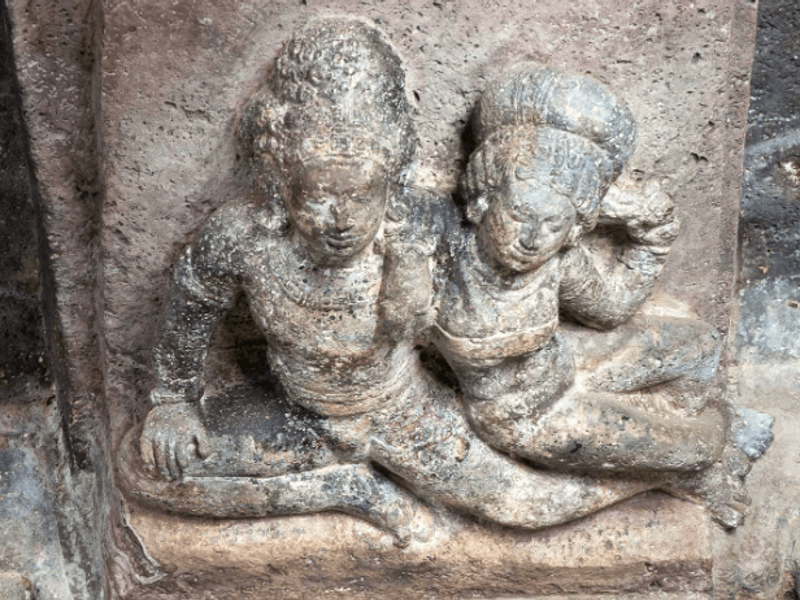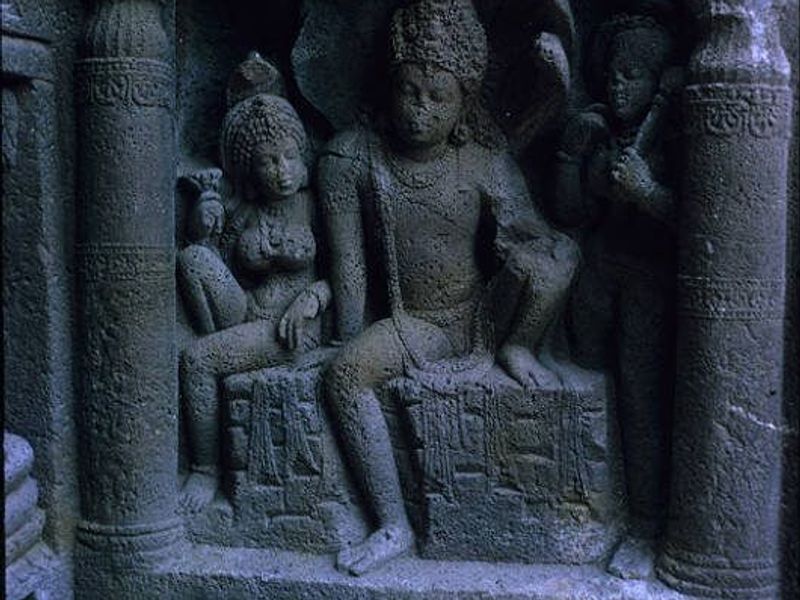
Your Cart
A Peek Into History: Inside The Caves Of Ajanta

The caves of Ajanta near Ellora in Maharashtra, India, hide an art treasure. There are over 2000 cave paintings which date from the 2nd century BCE to 480 CE. These have over 500 depictions of Buddhist monks, God Shiva and goddesses.
The Ajanta caves in India is one of the best works of Indian art. From paintings to sculptures, the cave temples display artistic genius, offering a glimpse into the ancient architecture and artwork. The cave temples are carved by successive generations of monks at these Buddhist meditation caves. It is located in Aurangabad District, Maharashtra, India.
**History of Ajanta Caves** ---------------------------
The term "Ajanta" means "eternal" or "unsurpassable". The name was given to these caves because they contain paintings, sculptures, murals and carvings that are believed to be eternal, or unfading and unaltered. A number of legends have grown up around Ajanta over time. Some ancient Indian texts mention it as being created by Vishwakarma (the architect). While others say that it was created by King Indradyumna, who ruled between 961–967 CE.
The caves were excavated during the reigns of Satavahana kings and their successors. Bhaskaravarman undertook the earliest excavations. He had also built a number of monasteries nearby, including Cave 16, which houses one of the finest examples of Buddhist frescoes from this period in India.
**Art Style** --------------
Ajanta Caves are famous for their paintings, which are the only surviving examples of Buddhist art from the 2nd century BC.
The paintings depict scenes from daily life in ancient India and also show scenes from Buddha's life. They depict life in ancient India, including animals such as elephants, rhinos and tigers; people such as farmers and dancers; and mythological creatures like Garuda or a Naga or Yakshi (female spirit).
Famous Buddhist artworks include the panel of the Buddha's life story. It is about 3.5 m (11 ft) high and 1.5 m (5 ft) wide; panel paintings of Buddha preaching. Numerous small reliefs on stupas, pillars and walls; and sculptures of Buddha in meditation.
A mural of Buddha sitting on a lotus throne with two attendants on either side is another well-known art from the caves. Created at the end of 6th century A.D., the motif indicates the space has the essence of Buddha. This exquisite composition dates from the period of the best Vakataka painting.
Ornamental murals aren't the only marvel that graces the caves of Ajanta. The elaborate false stupa in cave 26 is a sight to behold. The stupa is carved with a image of Buddha seated in a European fashion on a lion throne which symbolizes sovereignty. The carving also depicts Nagas (earth spirits and snakes) that hold the lotus corolla that serves as a footrest.
The Ajanta caves have become a symbol of Indian art history. They represent the beginning of true Indian art as we know it today. Gold leaf and oil is use to decorate the elaborate paintings. It often include elephants, horses, lions and peacocks. Moreover they also depict daily life in ancient India including markets, festivals and religious stories like the birth of Buddha.
**Discovery of the Caves** --------------------------
Often referred to as the 'Sistine Chapel of India', the caves were an open secret for the nearby villagers. However, it came into the limelight in 1819 when John Smith of the 28th Cavalry found the entrance to cave 10 with the help of a local shepherd.
Soon after, the site gained prominence for its breathtaking architecture and unique murals. Ajanta caves is listed amongst the UNESCO World Heritage Sites of India.
The caves have inspired many artists in the past and continue to do so even today.
To know more about Indian art forms, join us on Instagram @rooftop_app for all the latest updates. Download the Rooftop app available for both iOS and Android devices.

